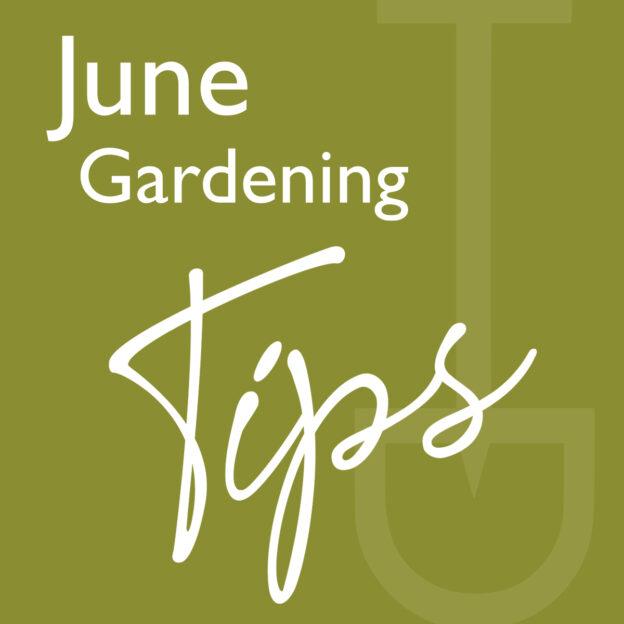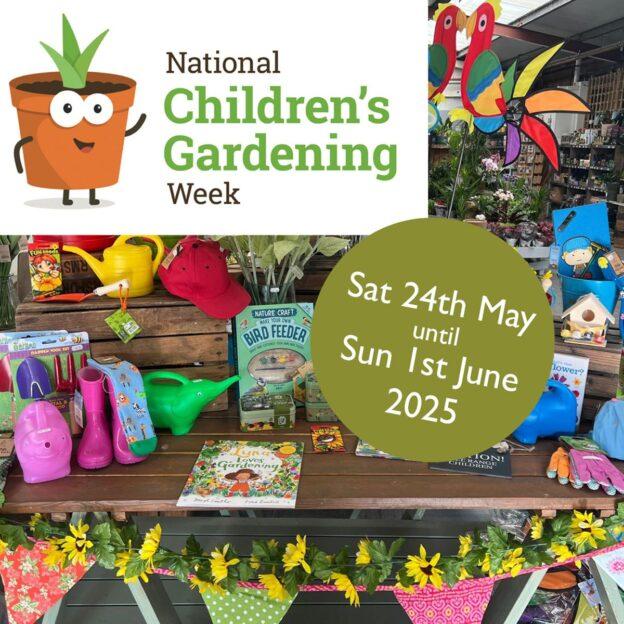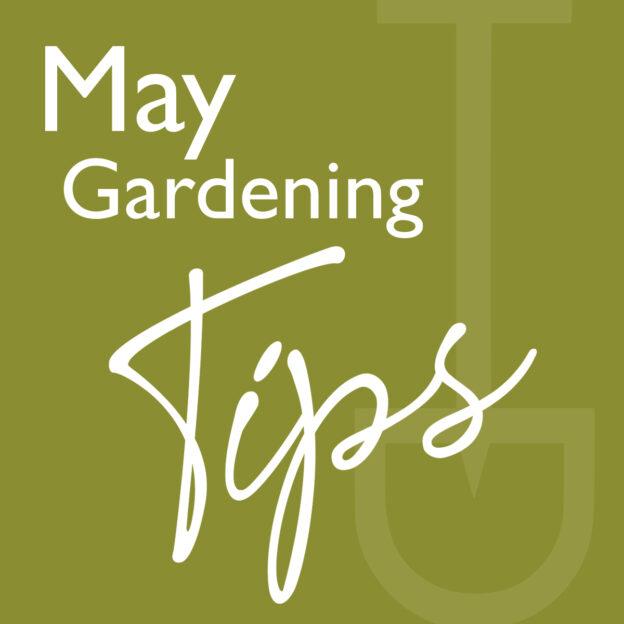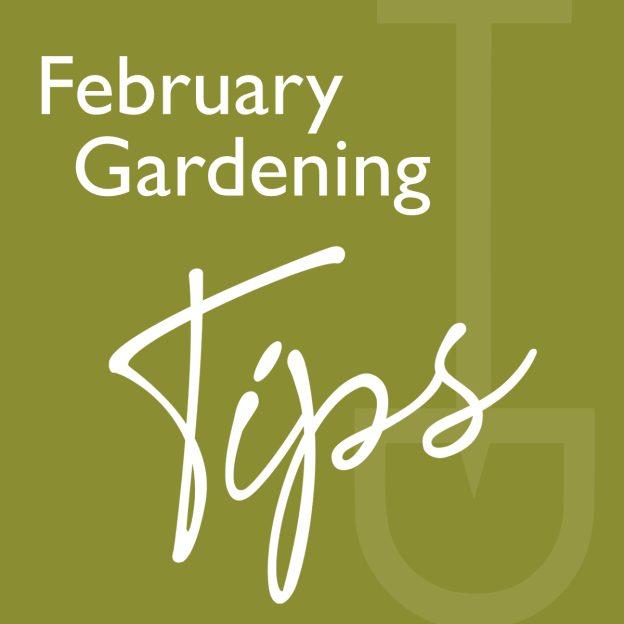As winter lingers, February in the UK presents gardeners with a mixed bag of challenges and opportunities. Though the cold weather persists, there is still plenty to do in the garden to prepare for the coming spring. The key to gardening in February is to take advantage of the quieter period to plan, tidy, and set the stage for a more vibrant garden in the warmer months.
In this article, we will explore practical gardening tips for February, key tasks to tackle, and essential items to help you succeed as the season shifts.
Prune Trees and Shrubs
February is an ideal time to prune many deciduous trees and shrubs (those that lose their leaves in winter) while they are still dormant. This not only keeps your plants healthy but also encourages strong, new growth in spring.
Practical Tips:
– Fruit trees: Prune apple, pear, and plum trees to shape them and remove any dead or diseased wood. Use clean, sharp secateurs to make precise cuts.
– Shrubs: Prune roses, clematis, and hydrangeas by cutting back old or damaged stems, leaving strong new shoots that will bloom in summer.
Prepare for Spring Planting
While the ground might still be cold and wet, it’s a great time to start planning for spring planting.
Practical Tips:
– Soil preparation: Work in compost or organic matter to improve soil structure and increase fertility. If the soil is too wet, avoid walking on it to prevent compaction.
– Planting early vegetables: Start seeds indoors or in a heated greenhouse for crops such as broad beans, onions, and peas. These can then be transplanted outdoors in March or April.
Clean and Maintain Tools
Winter is the perfect time to clean, sharpen, and maintain your gardening tools, ensuring they’re in top shape when the busier months arrive.
Practical Tips:
– Clean tools: Use wire brushes and soapy water to scrub dirt and sap off tools. For metal tools, wipe them down with an oily rag to prevent rust
– Sharpen blades: Use a sharpening stone or file to maintain the edges of spades, shears, and secateurs, making pruning and digging easier.
– Check hoses and irrigation systems: Ensure outdoor hoses are properly drained and stored to avoid damage from freezing temperatures.
Protect Plants from Frost
February is still a chilly month in the UK, and frost can easily damage tender plants.
Practical Tips:
– Fleece covers: Use horticultural fleece or garden fabric to cover vulnerable plants like winter pansies or early spring crops to trap heat and prevent frost damage.
– Mulch: Apply a thick layer of mulch around the base of plants to insulate the soil and prevent freeze-thaw cycles that can damage roots. Bark, straw, or compost work well.
Start Seed Sowing
Though February isn’t peak growing season, it’s a good time to start sowing certain seeds indoors or in a heated propagator.
Practical Tips:
– Popular seeds to sow: Tomatoes, aubergines, peppers, and early flowers like sweet peas, primroses, and geraniums can be started indoors. Outdoors, sow broad beans, carrots, and leeks, covering them with fleece after sowing.
– Soil temperature: Most seeds germinate when soil temperatures reach at least 7°C (45°F). Using a soil thermometer or starting seeds in a cold frame can be helpful.
Things to Buy in February
Seeds
Start your collection of seeds for the growing season. Popular varieties include:
– Vegetables: Tomatoes, aubergines, peppers, leeks, onions, and spinach.
– Flowers: Sweet peas, primroses, petunias, pansies, and calendulas.
– Herbs: Basil, parsley, and coriander can be started indoors now.
Compost
Compost is essential for improving soil quality. Consider buying multi-purpose compost or specialised options such as seed compost or orchid compost to give your plants the best start.
Garden Tools
February is a good time to refresh your tool collection. Consider investing in:
– Hand trowel: Perfect for planting small flowers and vegetables.
– Garden shears: Sharp, well-maintained shears are essential for pruning.
– Pruning saw: Great for making clean cuts on larger trees or shrubs.
– Weeding tools: A weeder or hoe helps control early-season weeds.
Frost Protection Materials
Invest in frost protection fabrics, cloches, and other covers to safeguard delicate plants like seedlings, tender flowers, and vegetables from unexpected frosts.
Other February Gardening Tips
– Feed the birds: Set up feeders with seeds and fat balls, especially during periods of heavy frost or snow.
– Check for pests: Look for signs of aphids, slugs, or other pests, and take action early.
– Tidy up your garden: Remove fallen leaves, dead plants, and weeds to prevent pests and diseases from overwintering.
– Feed soft fruit: Apply a top dressing of sulphate of potash to currants and berries.
– Treat your shed and fences: Now is a great time to apply wood preserver.
– Use cloches: Warm the soil for early seed sowing.
– Aerate your lawn: Spike the ground with an aerator or a garden fork.
– Plant up containers: Add colour with stunning primroses from our garden centre.
– Plant begonia corms: Start them in pots for a head start on summer blooms.
– Spray fruit trees: Use a plant oil-based winter wash to kill overwintering aphid eggs.
With these tasks and tips, your garden will be well-prepared for the arrival of spring!
















